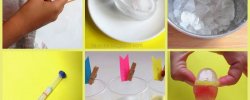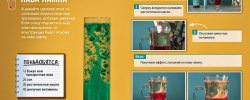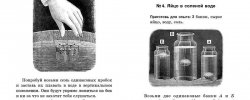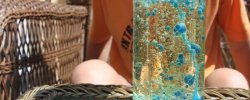Experiments Of Children 4 Years
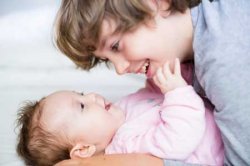 Contents:
Contents:
At any age, even four to five months of birth, your baby is smarter than you think. The ability of infants through various experiments is confirmed by scientists, but you and your baby can join them. Demonstrate two experiences that can be conducted with a child for six to nine months and tell us how they can expand your games with a baby.
Who says (4-7 months)
Experiment. You'll need two assistants: a 9-10-year-old child and an adult with one sex. They should be able to read some unsolicited child style so that the pace, rhythm and intonation of their speech are about to coincide, and then proclaim the fourths separately.
Make an audio recording. Then ask your assistants to stand next to the baby: he must see the faces of both. Turn on the child reading. May a woman or a girl or a boy move their lips in sync. See how long your baby will look at each of them.
Repeat the experiment to include the adult voice.
Hypothesis. During the sound of child reading, the baby will look longer at the child, and listening to adult stitches.
Research results. In 1998, this experiment was carried out with the participation of four- and seven-month-olds. They were shown a combined video of adults and children, each on their half screen, declared poems. Sinchronously with their lip movements, the audio recording of one of the two votes lost. When a woman's voice or a man's voice sounded, the babies looked longer at an adult and when they were a child, they looked at the child. Consequently, babies can capture the link between speech sounds and talking people if the latter differ by age. The experiment was carried out by a model of a more early scientific project, which found that the young were gender-sensitive and gender-sensitive.
The results of the four- and seven-month test differed markedly in several aspects. Throughout the experimental sessions, older children were immediately defined, whose voice was sounding, while young participants needed some time to do so: their first attempts were less successful than the next. At the age of seven months, the best results were shown by those babies who had regular contact with other children (e.g. their brothers and sisters), but for four-month-old babies, this was not a significant factor.
